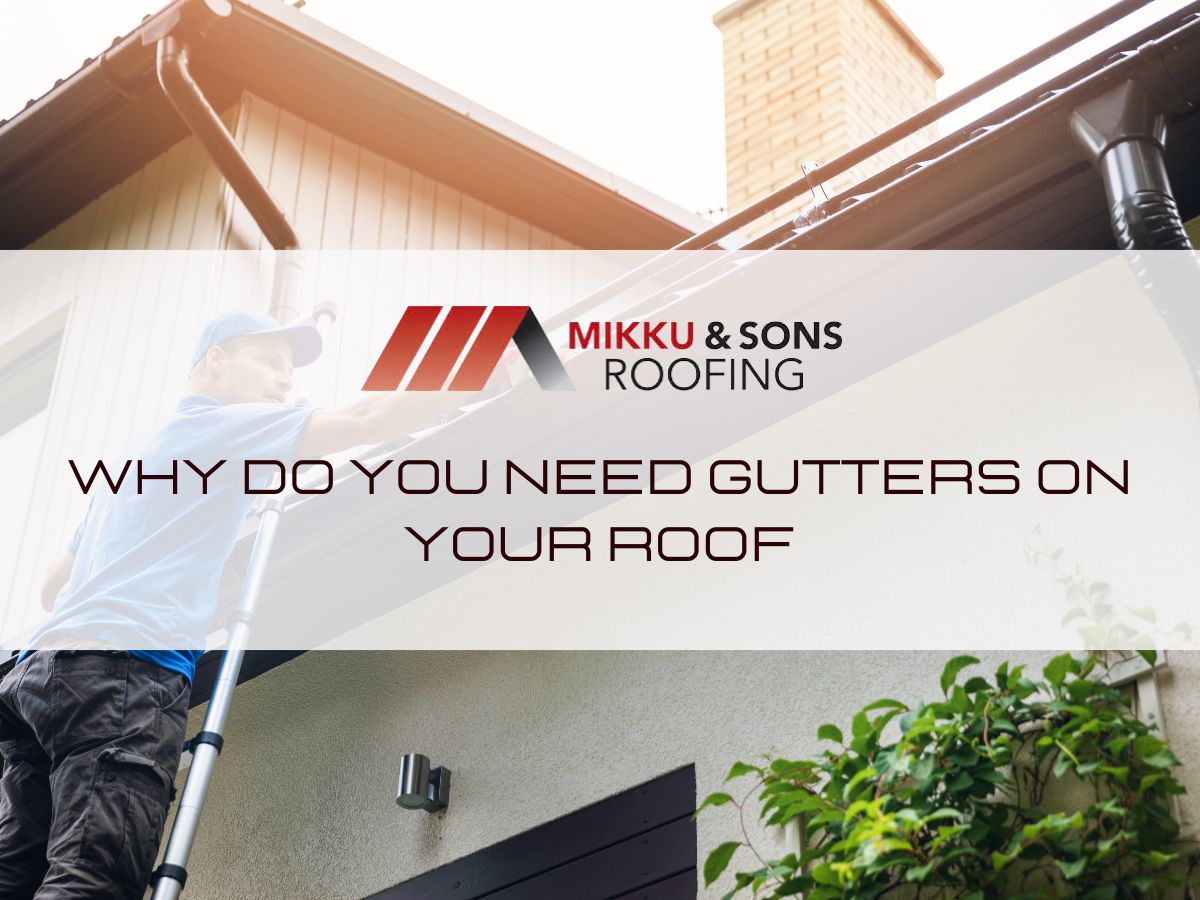
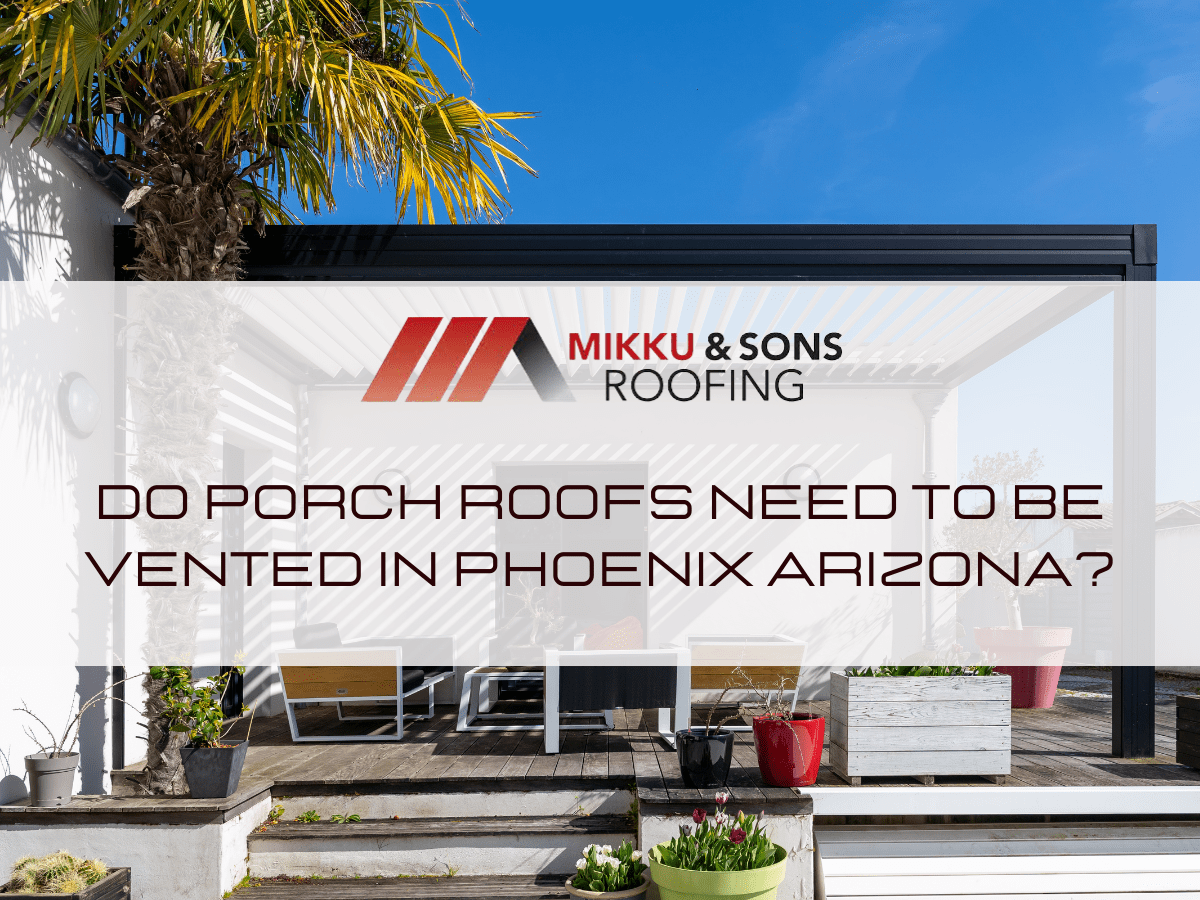
Hello there! Are you a homeowner in Phoenix, Arizona? If so, then you may have a porch roof that needs some attention. Porch roofs are a great addition to any home, providing a cozy outdoor space for relaxation and entertainment.
However, like any other part of your house, porch roofs need proper maintenance and care to stay in top shape. One important aspect of porch roof maintenance is ventilation. In this article, we will explore whether porch roofs need to be vented in Phoenix Arizona, and discuss whether it is necessary or not. So, let's dive in!
Before we delve into the topic of porch roof ventilation, let's first understand what porch roofs are. Porch roofs are an extension of the main roof that covers a porch or patio area. They come in various shapes and sizes, from simple flat roofs to more complex gable or hip roofs. Porch roofs can be attached to the front, side, or back of a house, and are often supported by columns or pillars.
The purpose of a porch roof is to provide shade and shelter to the outdoor space, making it a comfortable area to sit and relax in. They also add aesthetic value to the home and can increase its curb appeal. So, if you have a porch or patio area in your home, chances are you have a porch roof too.
The answer is YES! Like any other part of your home, porch roofs require proper ventilation to maintain health and functionality.
Without proper ventilation, your porch roof can suffer from a range of issues, such as moisture buildup, mold growth, and premature aging. These problems can compromise the structural integrity of your porch roof and compromise the safety and comfort of your outdoor living space. And let's face it, nobody wants a moldy and old-looking porch roof, right?
Good ventilation helps to regulate the temperature and moisture levels in your porch roof, preventing damage and ensuring that it stays in good condition for years to come. So, if you want to keep your porch roof looking and functioning its best, make sure to give it the ventilation it needs.
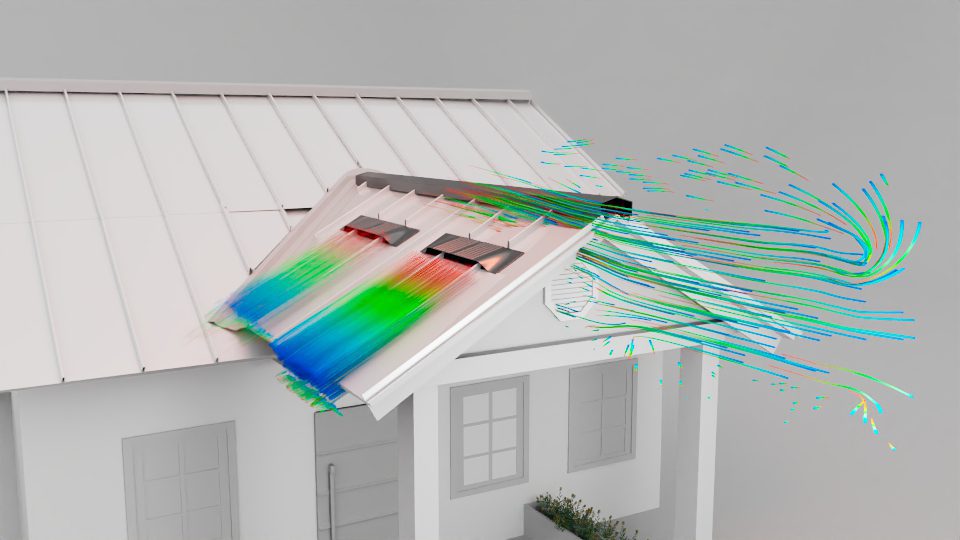
Do you know what's cooler than a cool roof? A well-ventilated roof! That's right, roof ventilation is not just a fancy term, it's actually crucial for the health and longevity of your roof.
Roof ventilation is essential to maintain the health and longevity of your roof. Proper ventilation helps to regulate the temperature and moisture levels in your attic, preventing damage to your roof and the rest of your home.
Here's why:
So, make sure to give your roof some love by paying attention to its ventilation needs, including your porch roof!
Okay, so we've established that porch roofs need proper ventilation to stay healthy and functional. But are there any instances where a porch roof can do without ventilation? The answer is yes, but these situations are few and far between.
In general, most porch roofs require ventilation to prevent moisture buildup and damage, but there are some instances where ventilation may not be necessary.

Shed roofs are single-sloping roofs that are often used for porches, patios, or outdoor storage areas. Since they have only one slope, they don't require any ridge or soffit vents. However, installing a gable vent at the top of the roof can still help improve airflow and reduce moisture buildup.
Gable roofs are the most common type of porch roof, with two slopes that meet at a ridge. These roofs require ventilation to prevent moisture buildup and damage, and homeowners can install ridge vents or gable vents to achieve proper airflow.
Flat roofs are another type of porch roof that may not require ventilation. These roofs are typically made of concrete, metal, or rubber-like material, and often feature a slight slope for water runoff. Since they don't have any ridges or slopes, ventilation may not be necessary. However, if the flat roof is attached to the main roof, proper ventilation is required.

Screened-in porches are another type of porch that may not require ventilation. Since they are enclosed, the screens can provide natural ventilation, and installing additional vents may not be necessary. However, if the porch is not screened, proper ventilation is still required to prevent moisture buildup.
In some cases, ventilation may not be necessary if the porch roof is in a dry climate or if the roof is not exposed to direct sunlight. Additionally, if the porch is used only occasionally and doesn't have any electrical or HVAC equipment, ventilation may not be necessary.
Remember, a healthy porch roof is a happy porch roof, and a happy porch roof makes for a happy homeowner. So, make sure to give your porch roof the love and care it deserves!
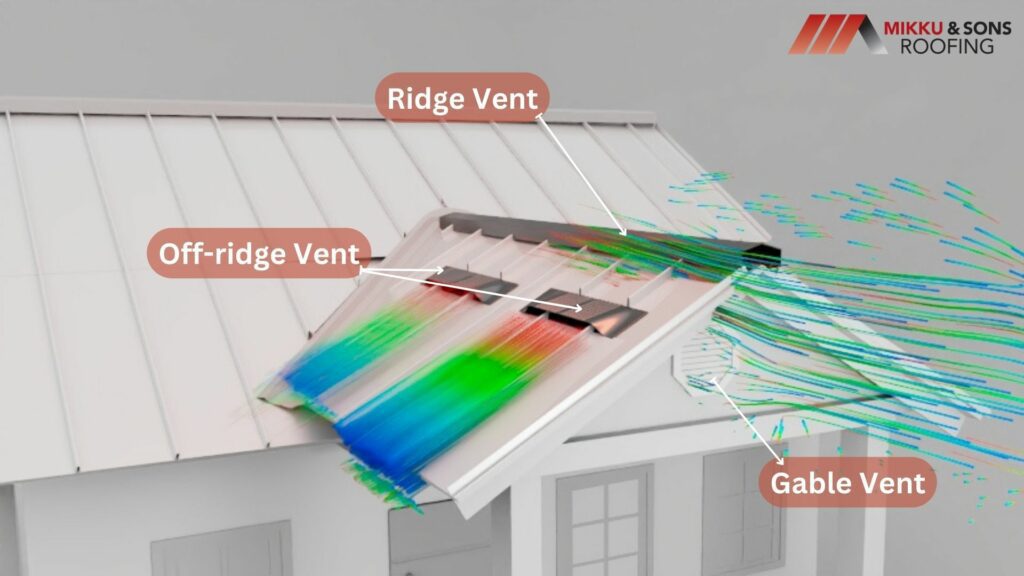
When it comes to porch roof ventilation, there are several types of systems that can be installed. Here are a few of the most common options:
Ultimately, the type of ventilation system you choose will depend on the specific needs of your porch roof and your budget. But regardless of which system you choose, proper ventilation is key to maintaining the health and longevity of your porch roof.
So, go ahead and get creative with your ventilation options! Whether you opt for a classic ridge vent or a high-tech solar-powered fan, your porch roof will thank you for the fresh air and healthy environment.
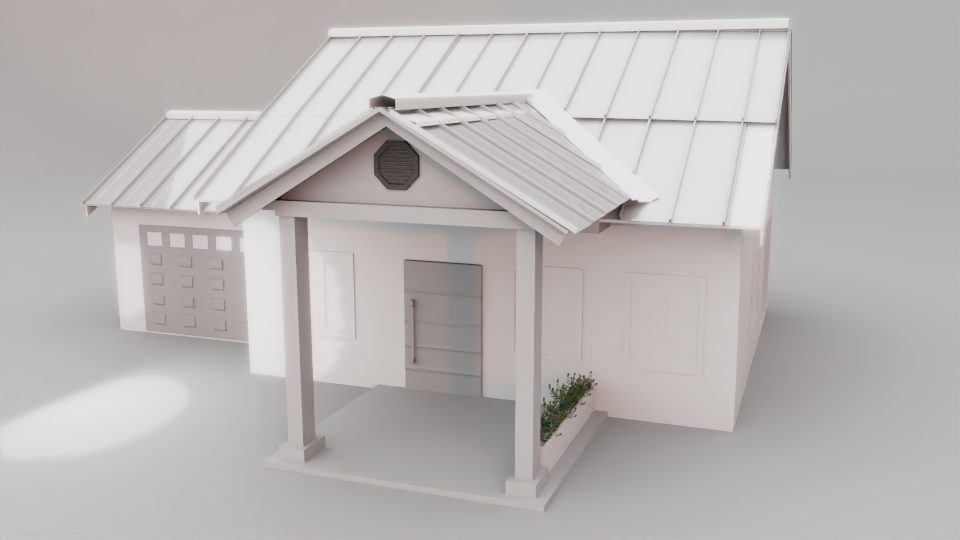
When connecting a porch roof to another type of roof, it's important to consider the ventilation requirements for both roofs. This may require installing additional vents or modifying existing ventilation systems to ensure proper airflow between the two roofs. Proper ventilation is essential to prevent moisture buildup and damage to the roof.
By ensuring proper ventilation when connecting a porch roof to another type of roof, you can prevent moisture buildup and damage to the roof, ensuring a longer lifespan for your porch roof.
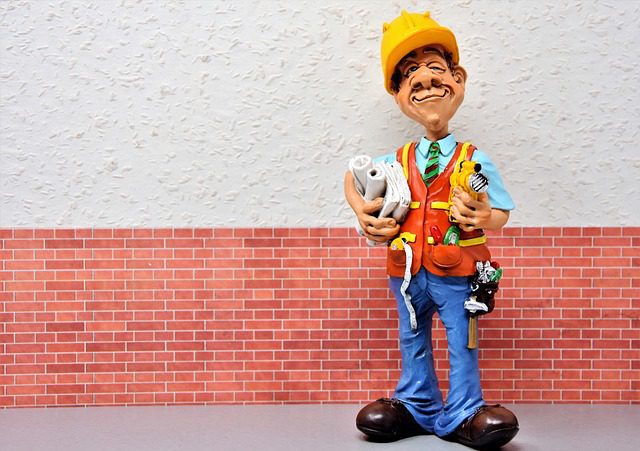
When it comes to porch roof ventilation in Phoenix, Arizona, there are specific laws and regulations that homeowners and contractors must follow. These laws are in place to ensure that the roof is structurally sound and that it provides proper ventilation to prevent moisture buildup and other types of damage.
The City of Phoenix has a roofing code that outlines the specific requirements for roof ventilation. The code stipulates that a minimum of 1/150th of the attic area must be ventilated, with a balanced distribution of vents between intake and exhaust vents.
In addition to the roofing code, there may be other laws and regulations that govern porch roof ventilation, depending on the location and type of property. For example, historic buildings may have additional requirements to preserve the integrity of the structure.
If a porch roof is found to be non-compliant with the ventilation requirements set out in the roofing code or other laws and regulations, the homeowner or contractor may be subject to fines or other penalties. In addition, failure to comply with ventilation requirements can lead to roof damage, which can be costly to repair.
Compliance with porch roof ventilation requirements is essential to ensure the safety and longevity of the roof, as well as the health of the occupants of the building. Proper ventilation prevents moisture buildup, which can lead to mold and mildew growth, rot, and other types of damage that can compromise the structural integrity of the roof.
Proper ventilation is essential for porch roofs in Phoenix, Arizona. Without adequate ventilation, the roof can be susceptible to damage caused by moisture buildup, including mold and mildew growth, rot, and other types of damage that can compromise the structural integrity of the roof.
Homeowners and contractors must comply with the specific requirements set out in the roofing code and other laws and regulations to ensure that the porch roof is structurally sound, and provides proper ventilation.
In addition, proper ventilation is essential to ensure the safety and health of the occupants of the building and this way, homeowners can ensure that their roof is protected from damage, and their property remains safe and secure.
